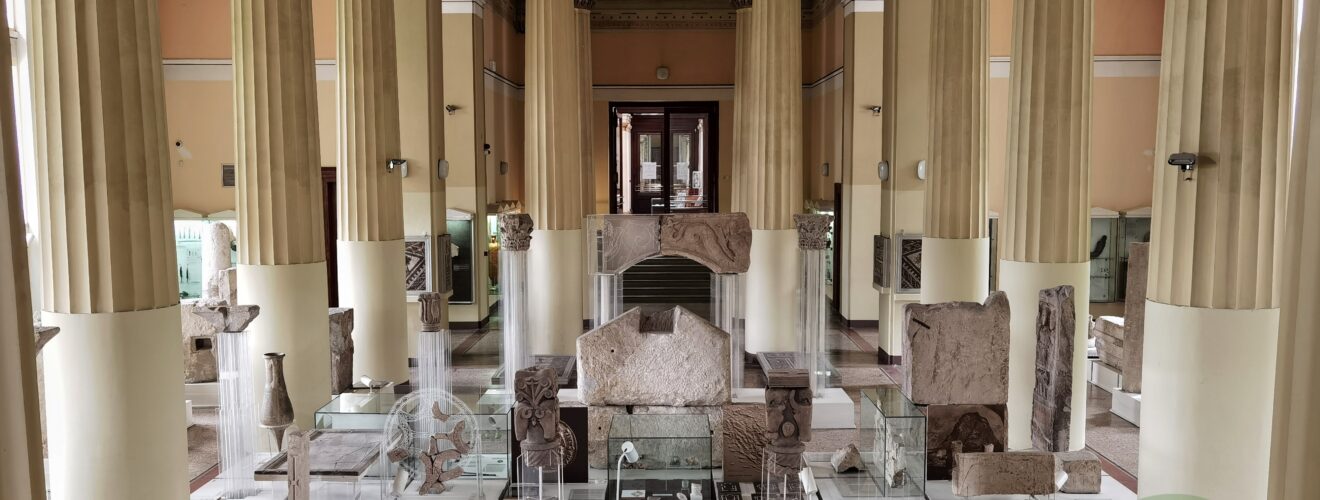“During the wise and considerate reign of His Imperial and Royal Apostolic Majesty Francis Joseph I, under the wise and meritorious administration of Joint Minister of Finance Benjamin Pl. Kallaya de Nagy-Kallo, at his request and generous intention, at the convocation of dr. Julije Pl. Makanac, and under the chairmanship of Kosta Hörmann, the Museum Society in Sarajevo was founded on October 5, 1884 from which this National Museum for Bosnia and Herzegovina developed to preserve and study the historical treasures, intellectual and natural wealth of these countries.
Inaugurated and handed over to the public on February 1, 1888.”
This is an inscription standing on a board next to the entrance to the National Museum of Sarajevo, which we can certainly say is the largest museum institution in our country.
Not only that, but the Sarajevo National Museum is also the oldest cultural and scientific institution of the modern type in Bosnia and Herzegovina.
The building in which it is located today was built in 1913, according to the project of Karl Paržik, also one of the most important architects of the Austro-Hungarian period.
Explore Sarajevo National Museum with us
Architectural Significance
During his nearly 60 years of work, numerous facilities were built in Sarajevo with his name attached. Yet many say the National Museum Sarajevo is his most ripe design and most significant edifice.
The museum itself was built in the style of the Italian Renaissance and is the first building in the South Slavic area that was purposely built for the needs of museum collections.
Pavilion Museum Complex
When the construction was planned, it was realized that the monumental museum buildings in Central Europe would soon become too small, which is why it was decided to build a pavilion museum complex of the Sarajevo Museum.
The museum consists of the Department of Archeology, the Department of Ethnology, and the Department of Natural Sciences. We can almost say that each of them represents a separate museum. The Department of the Scientific Library and the Botanical Garden complete this complex.
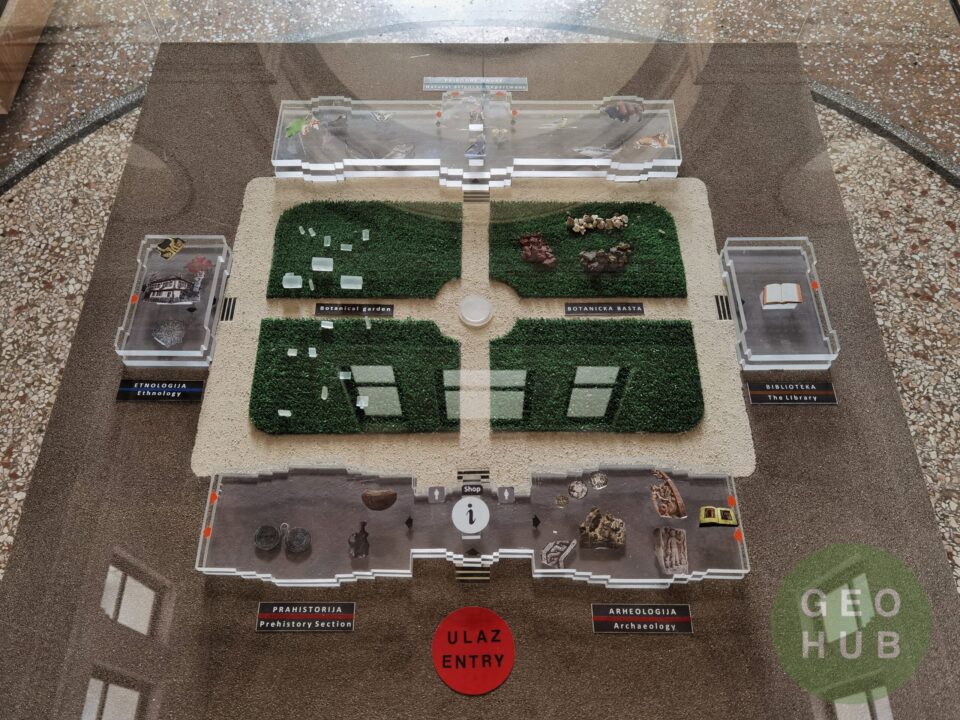
Unique Outdoor Collection
A strikingly “vivid outdoor collection” in which there are a number of stećak tombstones – unique tombstones from medieval Bosnia and Hum, or Herzegovina. In terms of the floor plan, the Botanical Garden is the central part of the four pavilions.
Since 1889, exhibits have been collected and supplemented. Today, there are about four million of them, which is evidence of the abundant cultural and natural history of our country.
Current Exhibitions and Future Plans
Unfortunately, the left wing is currently closed. However, preparations are in progress to open an exhibition related to the prehistory of Bosnia and Herzegovina.
Honestly, we can’t wait for this exhibition to open, which will be permanent, but since that part of the building was damaged during the war and due to leaks, it had to be removed.
This exhibition was last opened on the museum’s centenary, in 1988. So, it has been unavailable for visits for 33 years, and it is known as the largest collection in this department.
However, as the right wing is open, we visited the exhibition “B/H in ancient times.” Monuments dating from the 1st to the 4th century represent this period of ancient culture. The exhibition “B&H in the Middle Ages” is in three halls on the first floor.
The medieval period began with the migration of peoples in the 5th and 6th centuries, and ended with the fall of these areas under Ottoman rule in the second half of the 15th century.
And so we toured the entire department, including the room with the Sarajevo Haggadah.
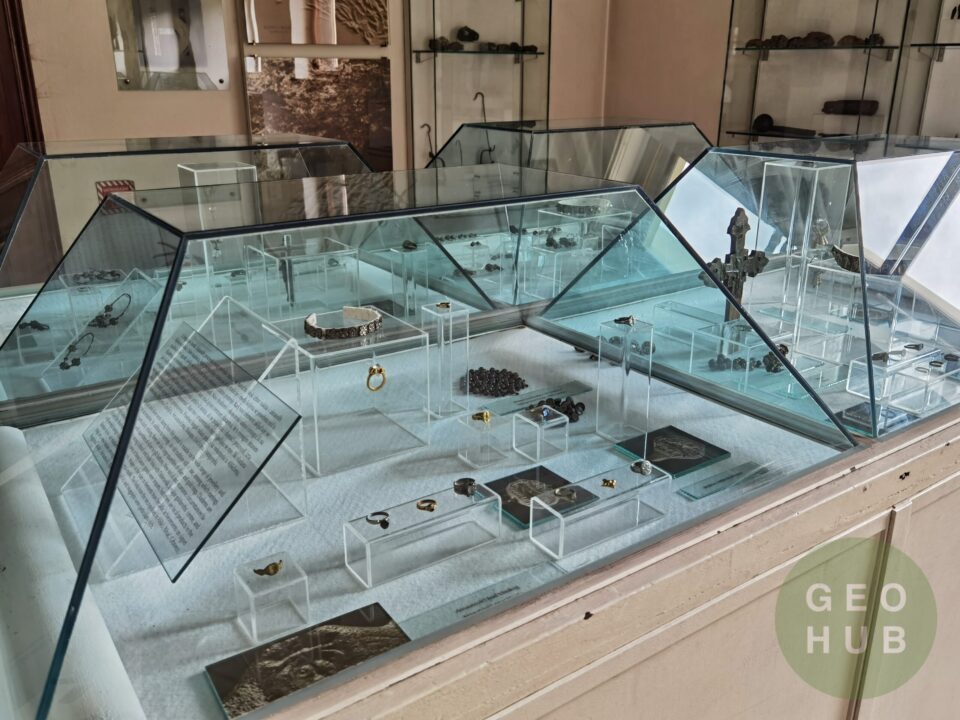
Sarajevo Haggadah
Sarajevo Haggadah is a unique example of a Jewish prayer book – a collection of stories and religious rules which is read during Pesach. There are only 12 Haggadahs in the world, and one of them is in our National Museum, Sarajevo.
What sets it apart from other Haggadahs is that it is illustrated, with depictions of the Earth in the shape of a circle already on the first pages. It is possible to hear interesting stories of the Haggadah and see them with prior announcements.
If you are interested in the story of Sarajevo Haggadah and learning more about Jews in Sarajevo throughout history, our Sarajevo Jewish tour is the perfect choice for you!
During the tour, you will learn about the story of the Jewish Community in Sarajevo, the story of Sephardim and Ashkenazim Jews, their life, happiness, suffering, persecution, place of their eternal resting, and place of struggle with death and suffering.
Botanical Garden Diversity
In the Botanical Garden there are 21 stećak tombstones brought from various locations such as Ljubuški, Gacko, Čitluk, Foča, Neum, Ljubinja and many others. There are also a number of stećak tombstones in front of the museum.
The Botanical Garden can be divided into several groups:
- Schist flora (flora from habitats with the so-called acidic base; such are some mountains like Vranica),
- Serpentinite flora,
- Dolomite flora,
- Limestone mountain flora (such as Trebević),
- The Miljacka valley flora
- A group of succulent plants (meaning succulent plants of our flora, those that thrive in very dry and warm habitats),
- Mountain garden flora (in the higher parts of the mountains, in the bays, where there is a lot of snow and where it stays for a long time, a typical vegetation of high greenery develops, which is called mountain garden),
- A group of wetland and aquatic plants,
- A group of ferns,
- Xerothermic habitats flora (this group includes species of Mediterranean and sub-Mediterranean areas),
- Alpinetum (some mountain and high mountain species are grown),
- Arboretum (located on the other side, next to Vilsonovo promenade itself and in my opinion is not sufficiently incorporated for scientific, recreational and tourist purposes)
Today, there are about 1700 species of plants with several thousand individuals, out of which 750 specimens of trees and shrubs.
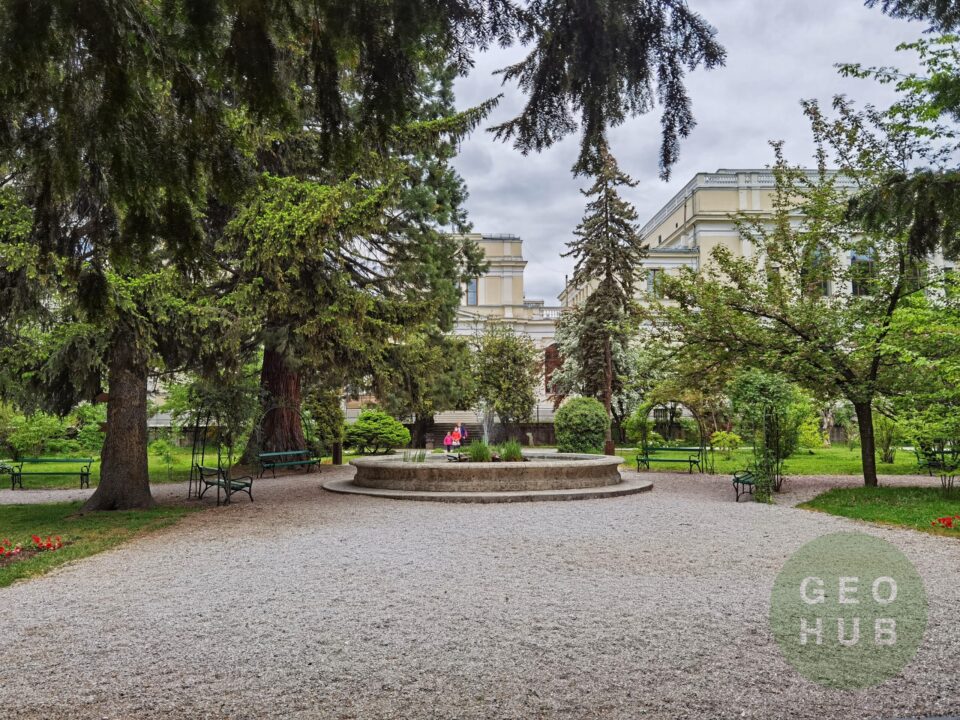
Nature Department
In the Nature department, there is a cross-section of the entire geological past of Bosnia and Herzegovina, after which comes the exhibition of minerals, rocks, and water. Then there is the cave fauna and the fauna of mountain streams, the living world of Bosnia and Herzegovina that continues to the forests.
Next is an exhibition of mammals, invertebrates, etc. The exhibition of the Nature department is one of the largest in Southeast Europe. It is really worth spending a whole day in a museum, especially one such as the Sarajevo National Museum.housand individuals, out of which 750 specimens of trees and shrubs.
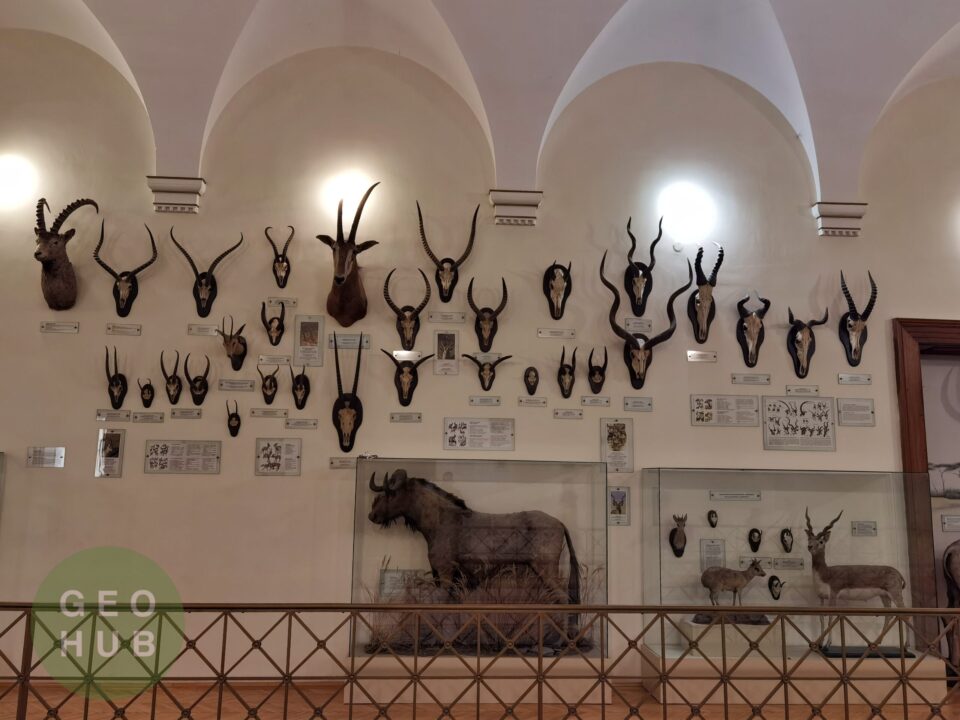
Let’s preserve our heritage and let’s integrate it into tourist flows!
Author: Adi Operta (source: geohub.ba)


